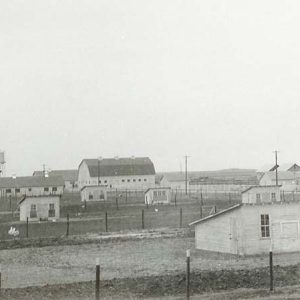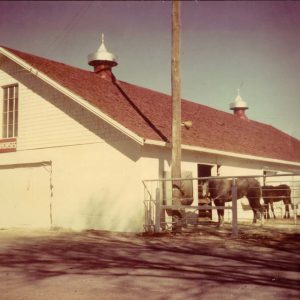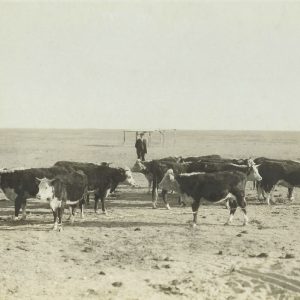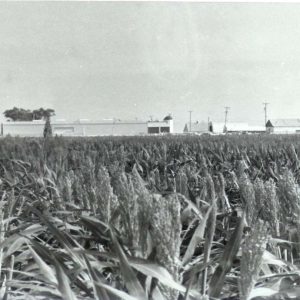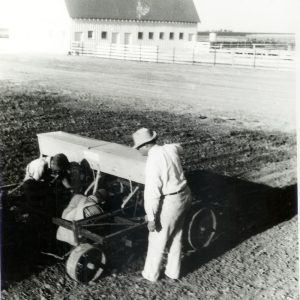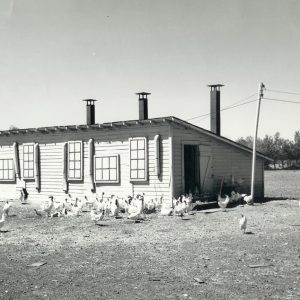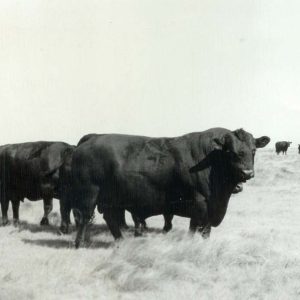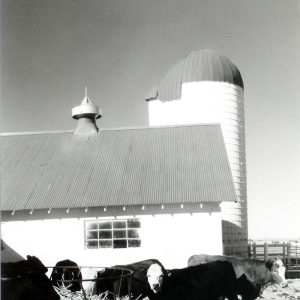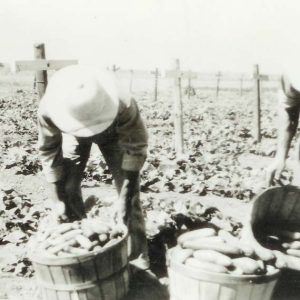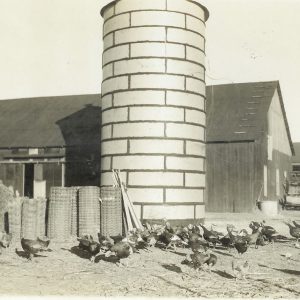University Farm
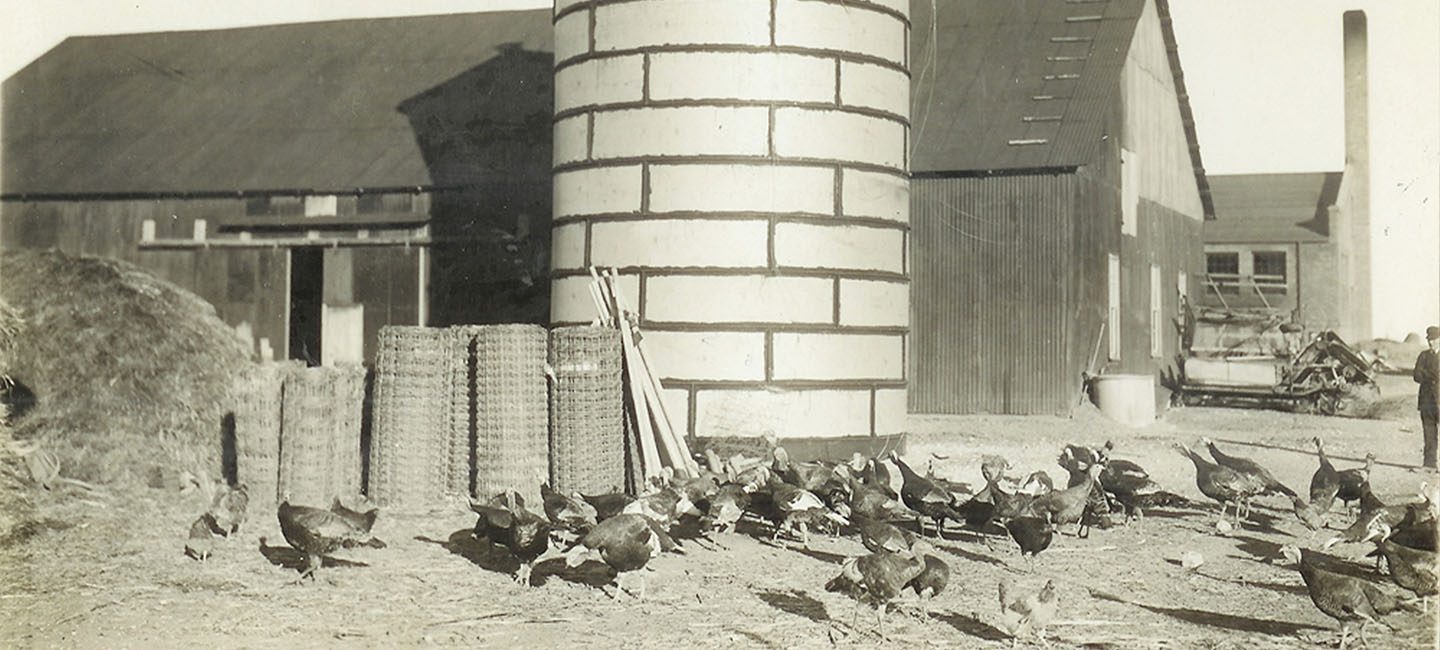
Beginning in 1909, Panhandle Agricultural Institute (PAI) offered agricultural training to secondary students; of course, it needed a farm for instruction. In 1910, the State of Oklahoma transferred the experiment station in Fort Supply, Oklahoma, to PAI, and that entity became the farm. The experiment station tested and developed drought resistant crops. PAI’s farm, on the campus’ north side, rested on 80 acres in Section 34-1-13, Texas County. Because of the location, Oklahoma Panhandle winds sent the scent of cows and horses all over campus and Goodwell, much to the dismay of residents.
Some early farm projects concerned developing a new grain sorghum—Feterita—and tile irrigation using stored water garnered from windmills. The farm produced crops—kaffir corn, broom corn, and alfalfa—and garden produce such as cabbage. Students used farm resources for studying soils, growing vegetables, and establishing orchards.
Too, the farm supported livestock, primarily horses for tilling, sowing, and harvesting. Demonstrations of cattle breeds were also developed; for example, by 1916, judging students practiced their skills on the farm’s Hereford herd. With the advent of herds, students took courses in feeds and feeding. In 1924, Oliver Willham, head of animal husbandry, went to Wisconsin to buy four Holstein dairy cows to begin a dairy herd. Willham also created a poultry program to pursue raising chickens for meat production. During the Great Depression and Dust Bowl, students and researchers worked diligently on the serious problems of soil erosion and conservation. Irrigation wells tapped the Ogallala Aquifer in 1938, and soon after, an irrigation reservoir provided water storage.
In 1934, the Oklahoma Land Office sold Panhandle Agricultural and Mechanical College (PAMC) 640 acres on Section 36-2-13 in Texas County to extend its farm. By the late 1930’s, the PAMC farm and the Panhandle Agriculture Experiment Station had combined. On February 25, 1945, a permanent patent deed was issued to PAMC. After World War II, the farm supported purebred Holstein, Friesan, and Hereford herds as well as Duroc hogs, Hampshire sheep, and poultry. PAMC added 1,200 acres of range land in Section 11-12-13-1N-13E in 1950.
Milton England, head of animal husbandry, established the first performance bull test in 1952; the bull test has occurred every year since, making it the oldest bull test in the US. Dairy production and instruction in slaughter and meats expanded during the the 1950’s while Angus cattle, American Quarter Horses, and Southdown sheep became staple livestock animals.
The 1960’s and 1970’s saw many changes. In 1967, 10 Columbia ewes supplanted the Southdown flock. Kenneth Woodward played an instrumental role in furthering swine production and supervising the feed mill. Dr. Jerry Martin led the Division of Agriculture and stressed livestock nutrition and meat science. Dairy production ended in the 1970’s, but Suffolk sheep and Yorkshire swine were added.
New buildings accommodated agricultural instruction and growth in the 1980’s, including the Estes E. Firestone Meats Laboratory and the Milton England Activity Center. In 1994, Oklahoma State University proposed that the Oklahoma Panhandle Research and Extension Center (OPREC) be centered at the farm to expand experimentation in crops such as sorghum, sunflowers, and wheat. In the 21st century, Oklahoma Panhandle State University (OPSU) president Dr. David Bryant oversaw the preliminary development and construction of the Science and Agriculture Building and the OPSU Equine Center.
Just as the first century did, the second century of the farm will continue to witness incredible growth in agriculture to meet the quickly changing technological demands of modern life.
